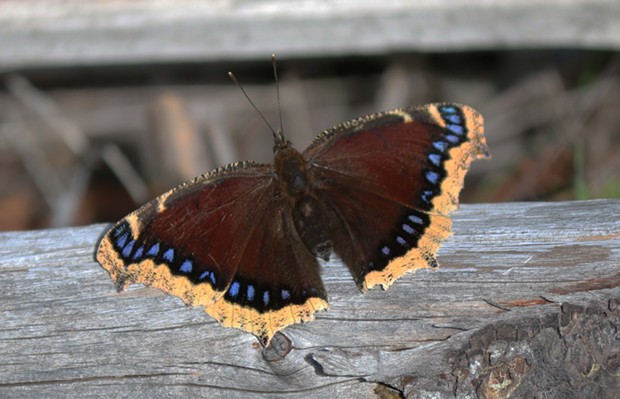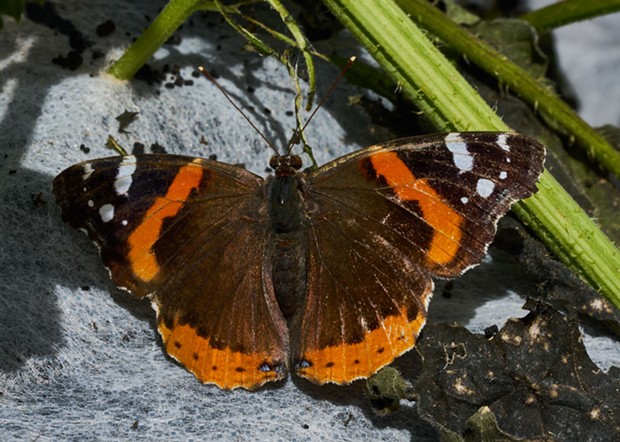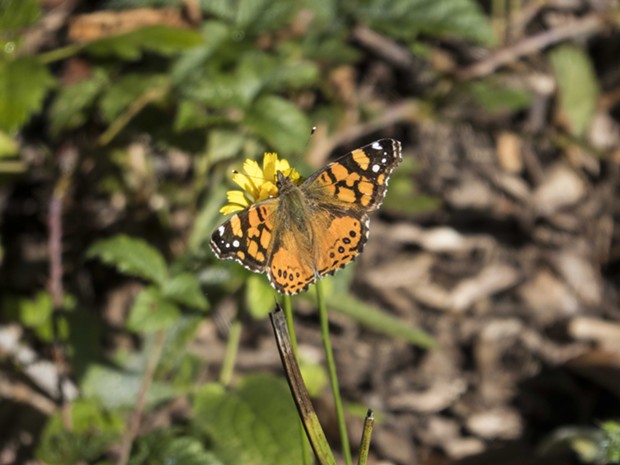[
{
"name": "Top Stories Video Pair",
"insertPoint": "7",
"component": "17087298",
"parentWrapperClass": "fdn-ads-inline-content-block",
"requiredCountToDisplay": "1"
}
]
The winter solstice is passed but I can't see any lengthening in the days yet. It's almost not worth waking up for — at least it might seem that way to an overwintering butterfly.
I have spotted at least three species flying on recent warm winter days: a painted lady, red admiral and mourning cloak. They're all of the same family, nymphalidae.
I dislike using the word “strategy” in insect behavior since it implies a conscious effort and I don't believe insects posses anything like what we think of as consciousness. But strategy is the word commonly used to explain a suite of behaviors and adaptations that have the appearance of having a premeditated purpose.
In this case, while most adult insects die out in the winter allowing their eggs and larvae to hibernate and hatch out in the spring to carry on their race, some butterflies manage to go torpid enduring the coldest days and nights, briefly rousing on warm days. This allows them to be available to access the very first flowers of spring.
The painted lady I spotted was making the rounds of the few dandelion blossoms in the untended section of my property. On reviewing the photos I took, I was able to identify it as a West Coast lady (Vanessa annabella), one of three species of painted lady found in our area. Since the dandelion blossom was the only nectar source around, I was glad to see the lady reaping the rewards of my neglect.
Speaking of...
-

Butterflies, Real Estate Mysteries and Pop-up Dining
Jan 26, 2024 -
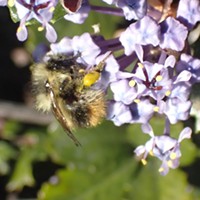
HumBug: Early Spring Pollinators
Apr 12, 2020 -
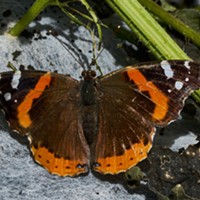
HumBug: Bugs in the City
Mar 29, 2020 - More »
Comments (2)
Showing 1-2 of 2
more from the author
-
HumBug: Early Spring Pollinators
- Apr 12, 2020
-
HumBug: A Recipe for History
- Apr 5, 2020
-
HumBug: Bugs in the City
- Mar 29, 2020
- More »
